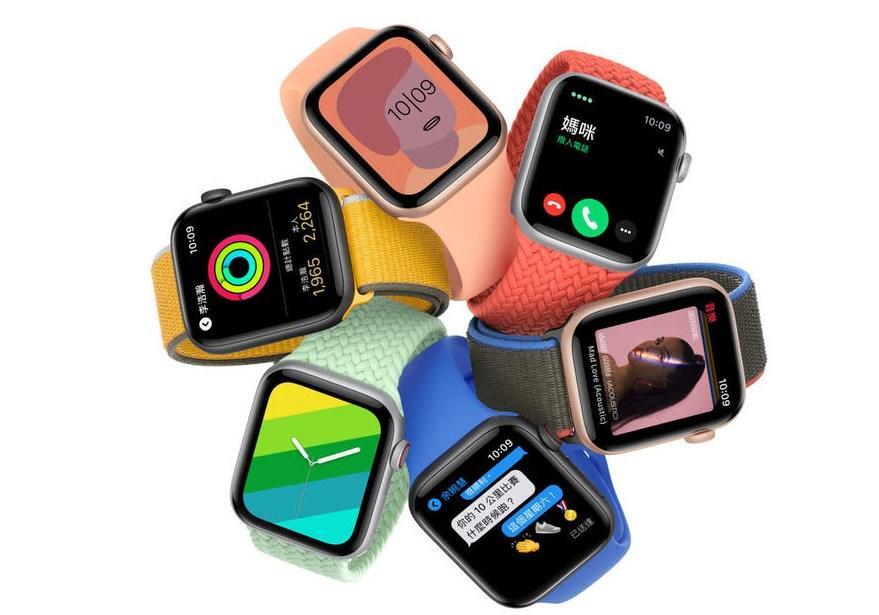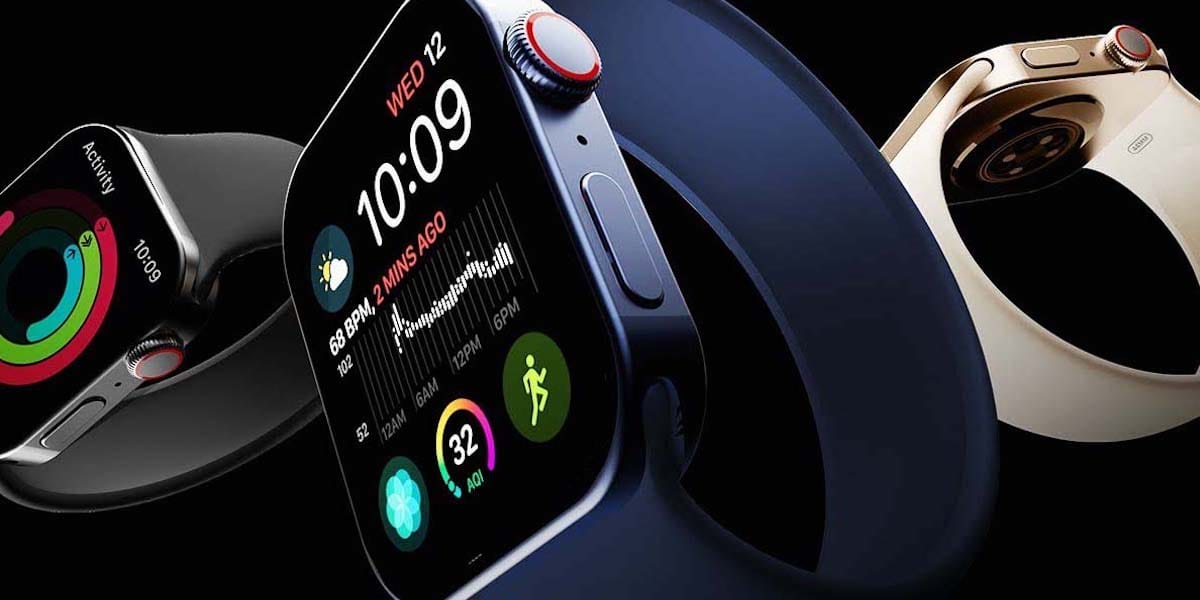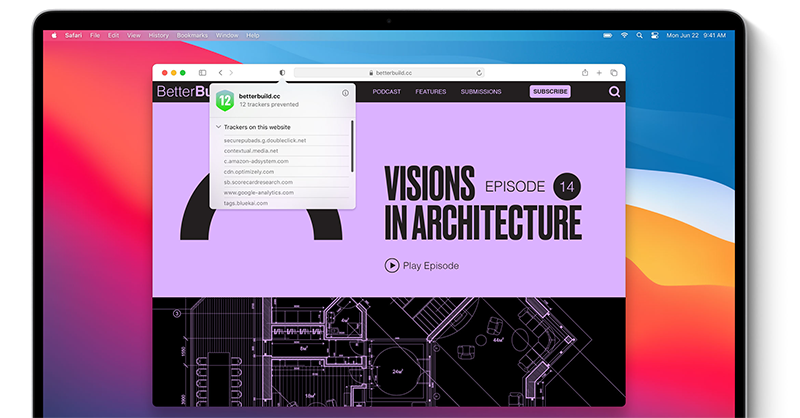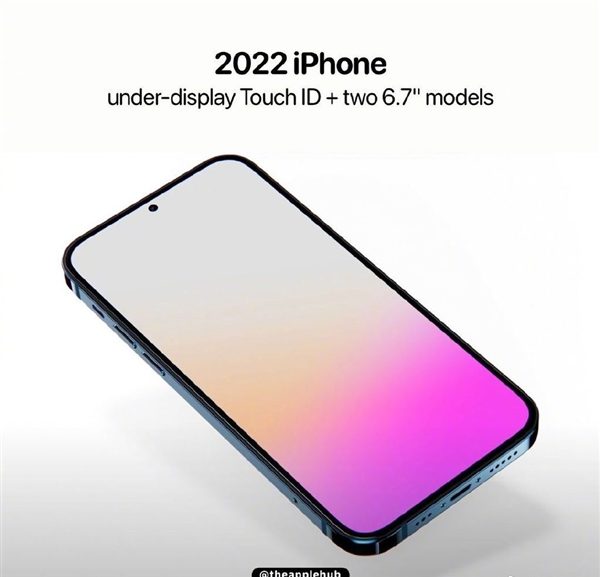Apple Watch Series 7 and total Apple Watch shipments will significantly grow to 14–16 million units and 40–45 million units in 2021, respectively.
Benefiting from the large number of shipments of Apple Watch Series 7, Luxshare’s Apple Watch business’s profit in 4Q21 will significantly exceed the combined profit of 1–3Q21 and beat market expectations.
Apple Watch 7 production issues are mainly related to the panel side. It has been resolved and is expected to start mass production of panel modules in mid-September.

1. The key selling point of Apple Watch 7 is the significant design change. Apple Watch 7 is the model with the biggest design change in Apple Watch history. The more stylish design and higher screen-to-body ratio allow users to know at a glance that this is a new model that is different from the past.
2. For the new design, Apple adopted many new production procedures for the first time, mainly related to the panel. First: OLED G6 production line (in the past, Apple Watch was G4.5). Second: The panel module discarded the past wiring design and changed to the contact design, and for the first time adopted the Low injection pressure overmolding and LIPO process.
3. The G6 production line can improve production efficiency and reduce panel costs. Contact design and LIPO process can enhance durability.
4. In the above new production process, key manufacturers include: LGD (exclusive panel supplier), Young Poong (exclusive panel soft board supplier) and Jabil (exclusive panel module supplier).

5. Due to the adoption of many new panel-related production procedures for the first time, the panel modules of Apple Watch 7 encountered reliability problems in the previous stage before Jabil started mass production, mainly including panel flickering and insensitive touch. This complex production issue may be related to LGD, Jabil or Young Poong.
6. Apple has gone through different experimental designs on the panel module side to find the best production configuration, and by adjusting the verification standards of the panel side and the assembly side, the issue of the reliability of the panel module has been resolved.
7. We expect that Jabil will start mass production of Apple Watch 7 panel modules in mid-September. If estimated based on this schedule, terminal products will start mass shipments in late September.
It’s safe to assume that the Apple Watch Series 7 will cost similar to what the Series 6 costed as launch. Apple has stuck to its pricing strategy for the past few generations now and it’s unlikely that it’s going to change this year. The Series 6 Apple Watch was launched at a starting price of $399 for the 40mm variant and we’re expecting the price to remain the same for the base configuration of the Apple Watch 7.
As for the variants, the Apple Watch 6 came in two size configurations — 40mm and 44mm — in either Wi-FI or cellular. This year’s watch is expected to be slightly larger at 41mm and 45mm. While we’re unsure of the size, the connectivity features are expected to remain the same even on this year’s models.





